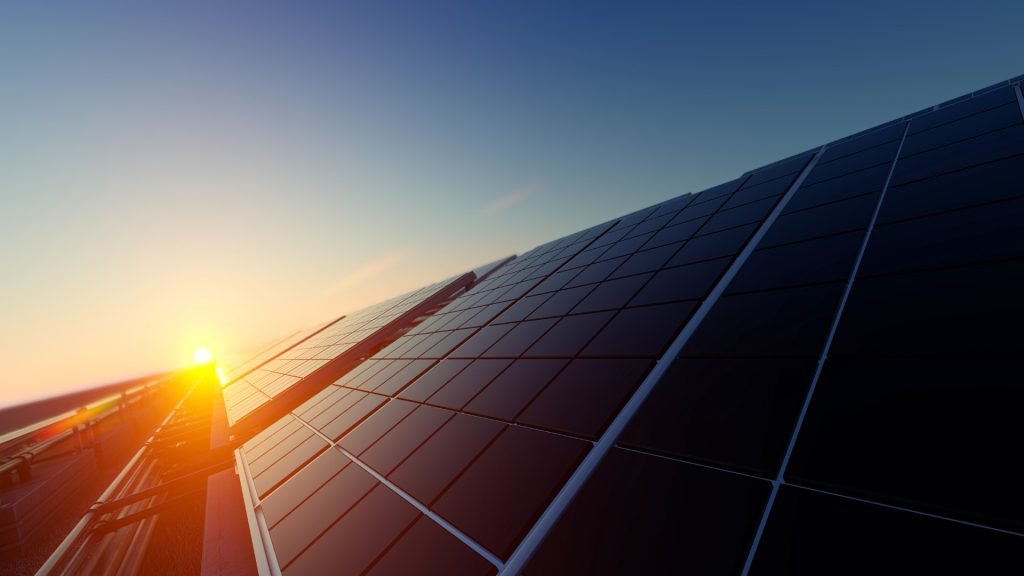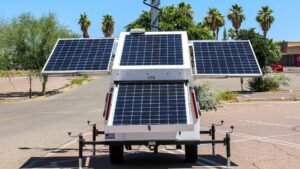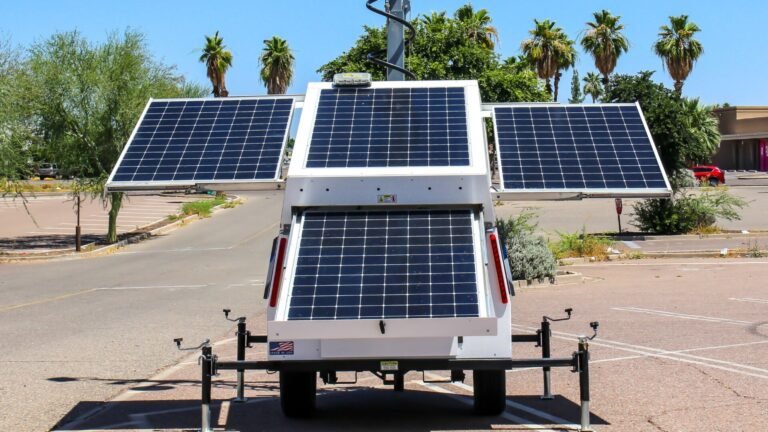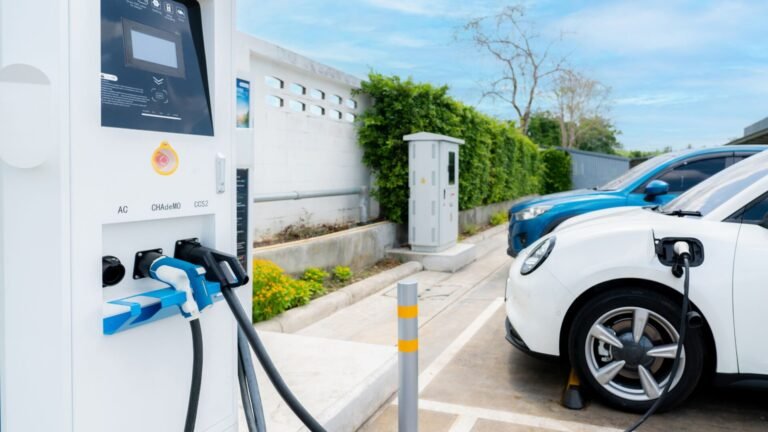Harnessing solar energy has become an increasingly popular choice for businesses looking to reduce their carbon footprint and embrace sustainable practices. Among the various photovoltaic (PV) solar technologies available, choosing the right one can be a daunting task.
With advancements in technology and evolving market trends, it’s important to understand the different options and weigh their advantages and disadvantages.
Types of PV Solar Technologies
When it comes to PV solar technologies, there are several options available in the market. The most common types include polycrystalline silicon, thin-film solar cells, and concentrated photovoltaic (CPV) systems.

Polycrystalline silicon panels offer a cost-effective alternative without compromising too much on efficiency. These panels consist of multiple crystals that result in a slightly lower conversion rate but at a lower price point.

Thin-film solar cells use layers of semiconductor materials such as amorphous silicon or cadmium telluride to capture sunlight. They are flexible and lightweight, making them suitable for unconventional applications like building-integrated photovoltaics (BIPV). However, thin-film technology typically has lower efficiencies than crystalline-based panels.

CPV systems utilize lenses or mirrors to concentrate sunlight onto smaller areas of highly efficient solar cells. This approach increases efficiency by maximizing the amount of energy captured per unit area. CPV systems work best in areas with abundant direct sunlight but may not be practical for all locations due to their complex design requirements.
Advantages and Disadvantages of Each Technology
The advantages and disadvantages of each PV solar technology vary, making it crucial to assess which option is the best fit for your business. Let’s take a closer look at the pros and cons of each technology.
On the other hand, polycrystalline solar panels offer lower production costs as they use multiple silicon fragments rather than a single crystal structure. They may not be efficient panels but still provide reliable performance. Additionally, they have a better tolerance against temperature fluctuations.
Thin-film solar cells are lightweight and flexible, making them suitable for unconventional applications such as curved surfaces or portable devices. They also perform well under low-light conditions; however, their efficiency is generally lower compared to crystalline-based technologies.
Concentrated photovoltaic (CPV) systems utilize lenses or mirrors to focus sunlight onto small but highly efficient solar cells. While CPV systems boast impressive efficiency rates and require less space than traditional PV arrays, they are more complex in design and require precise alignment with direct sunlight.
Remember that choosing the right PV solar technology requires considering factors like available space, budget constraints, energy requirements, geographical location, and long-term maintenance plans.
Factors to Consider When Choosing a PV Solar Technology for Your Business
When it comes to choosing the right PV solar technology for your business, there are several important factors to consider. One of the first things you should evaluate is the available space on your property. Different technologies have different space requirements, so understanding how much room you have will help narrow down your options.
Another crucial factor is the climate and weather conditions in your area. Some PV solar technologies perform better in sunny climates with high levels of direct sunlight, while others may be more suitable for areas with variable weather patterns.
The energy needs of your business also play a significant role in determining which technology is best suited for you. If you have a high electricity demand, certain technologies that offer higher efficiency might be more beneficial in meeting your energy requirements.
Additionally, it’s essential to consider the maintenance and durability of each technology. Some systems require more regular maintenance than others and may have shorter lifespans. Assessing these aspects can help ensure long-term cost savings and avoid unexpected issues down the line.
Moreover, take into account any local regulations or incentives that could impact your decision-making process. Certain regions offer tax credits or other financial incentives for adopting specific PV solar technologies, making them more attractive from an economic perspective.
Last but not least, don’t forget about scalability! Consider whether you plan to expand or modify your system in the future. Choosing a technology that allows easy scalability can save time and money when expanding operations later on.
By carefully evaluating these factors and conducting thorough research into each available option, you’ll be able to make an informed decision regarding which PV solar technology best aligns with both your sustainability goals and operational needs!
Making the Best Choice for Your Business’s Sustainability Goals
In today’s world, where sustainability and renewable energy are becoming increasingly important, choosing the right PV solar technology for your business is crucial. By understanding the different types of technologies available, their advantages and disadvantages, as well as considering factors such as cost analysis and future trends, you can make an informed decision that aligns with your company’s sustainability goals.
Ultimately making the best choice for your business’s sustainability goals requires careful consideration of all these factors combined – weighing pros against cons while keeping future developments in mind. A sustainable energy solution not only helps reduce carbon emissions but also provides long-term financial benefits through energy savings and potential revenue generation.
Remember, consult with solar energy experts or professionals.






